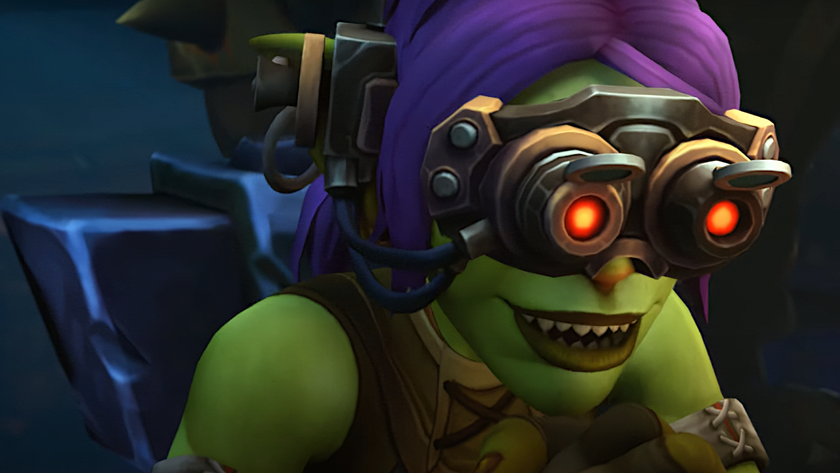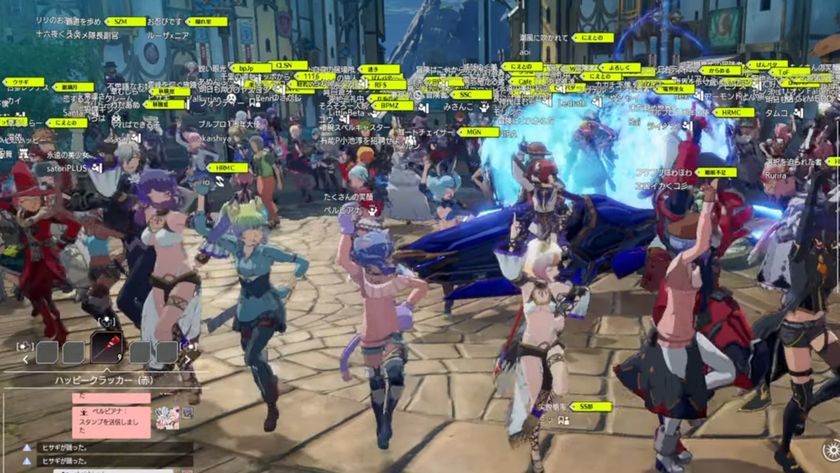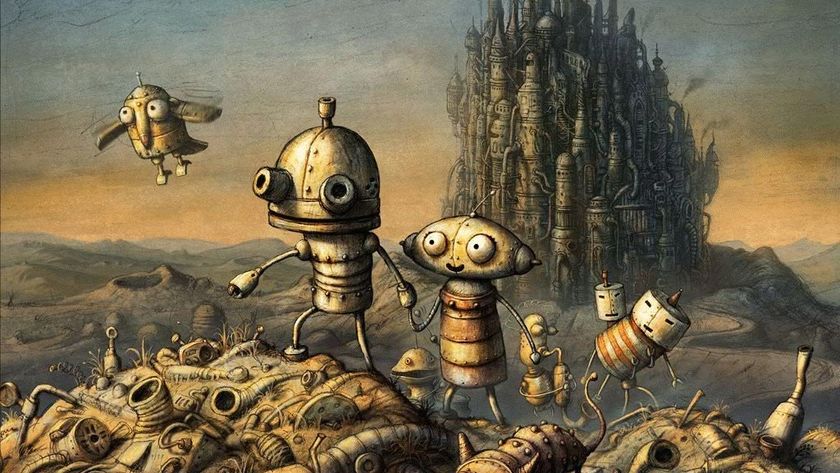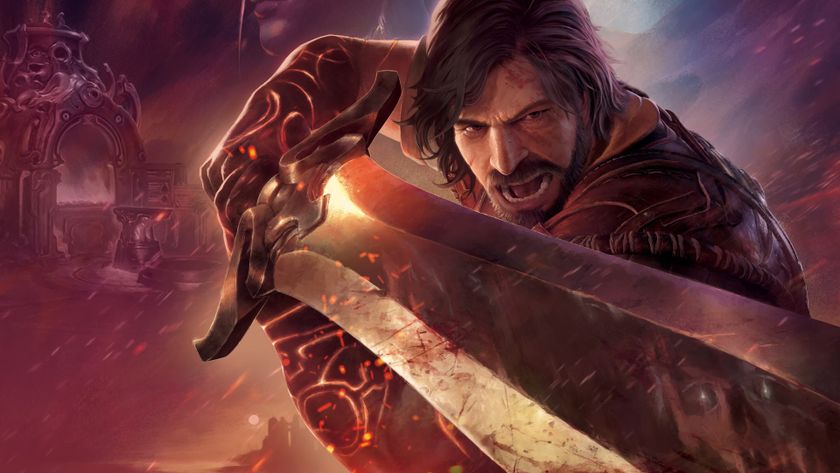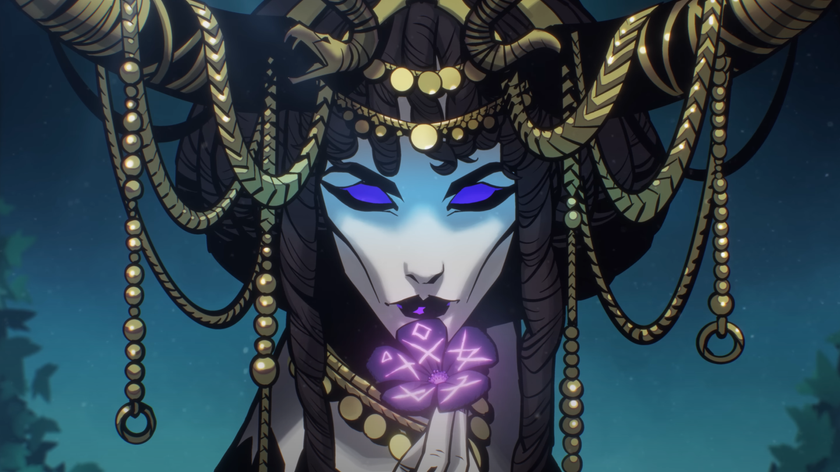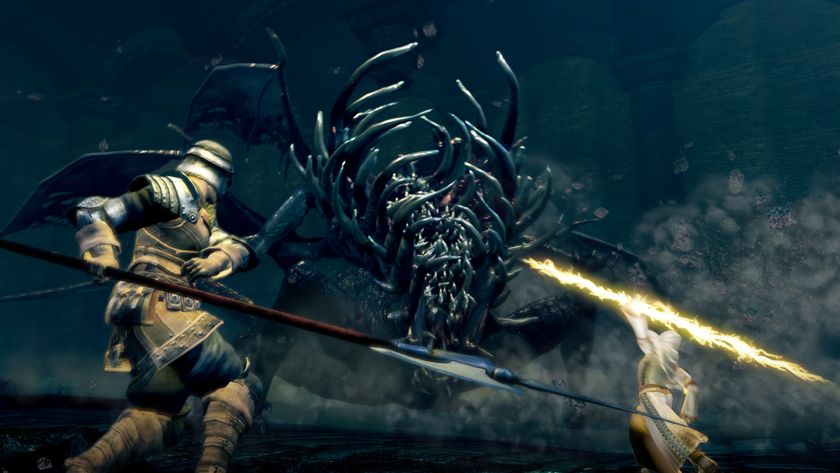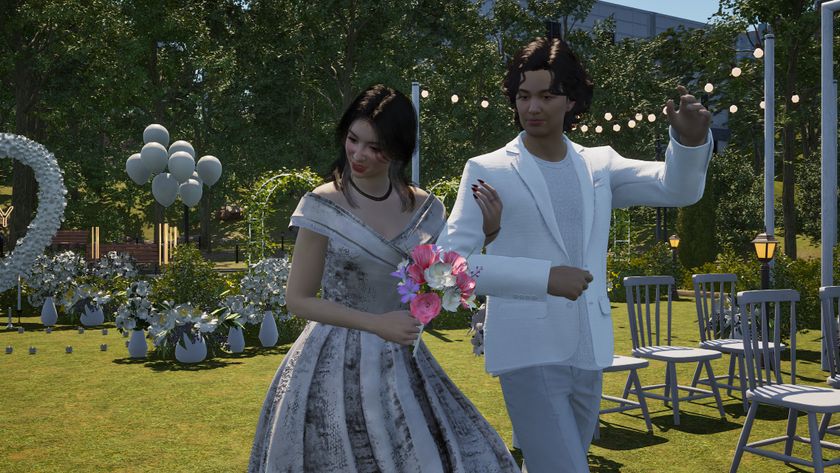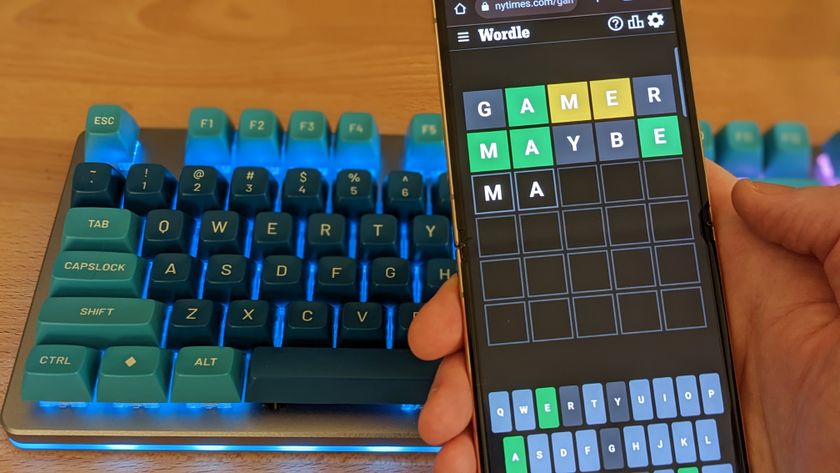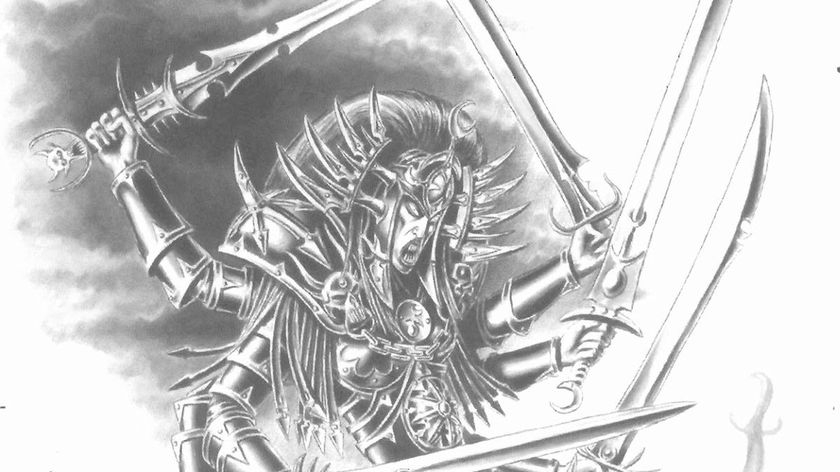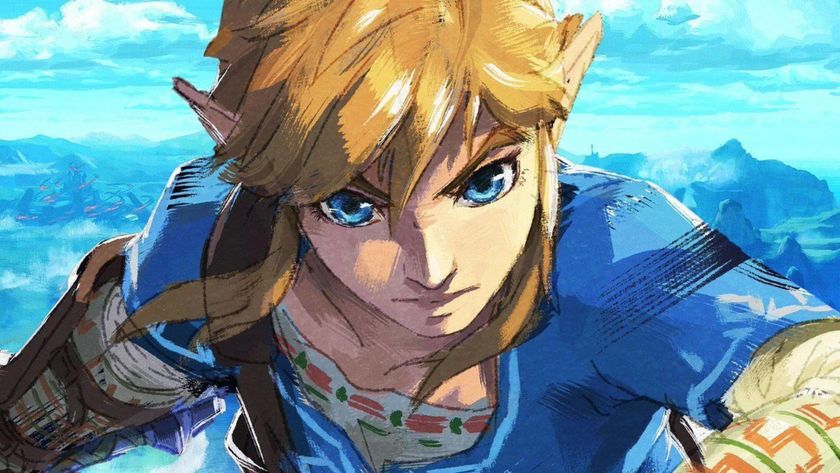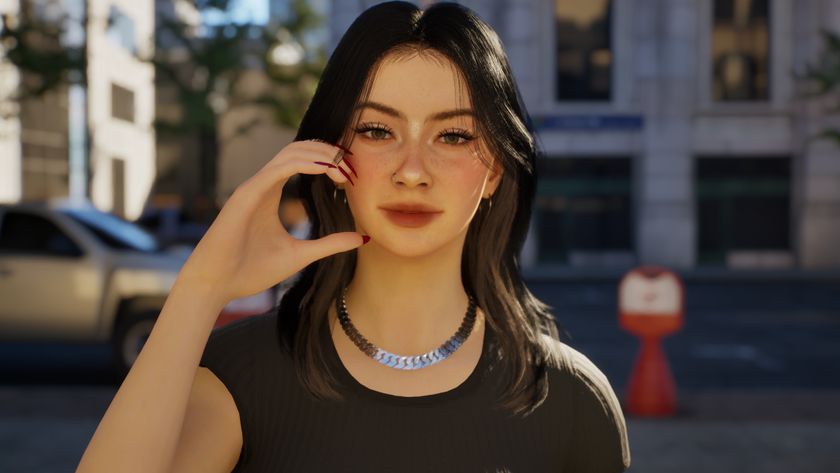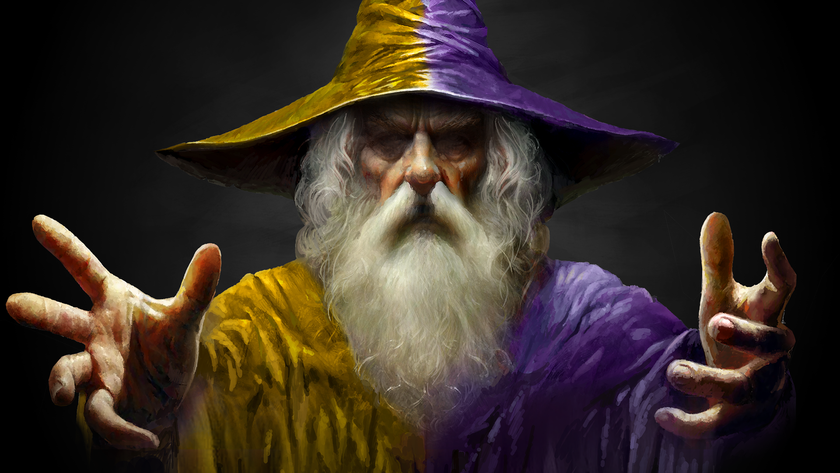Behind the scenes of Star Wars: The Old Republic: throwing people at the problem
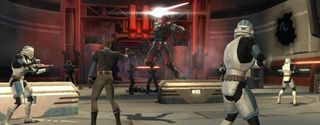
Building Star Wars: The Old Republic was hard. That was the message from a startling and searingly honest talk given by director of production, Dallas Dickinson and Bioware executive producer Richard Vogel during this year's GDC. In an hour long session, the pair took us through the production and lessons from a long and gruelling development process that saw Bioware Austin hire huge numbers of developers, outsource much of their art, completely rebuild how their team was integrated, and eventually make strict cuts to game features in a triage process known internally as “The Death Star”.
Richard and Dallas began with the high level goals of The Old Republic: to reach 1,000,000 subscribers, and to innovate carefully, by introducing Bioware's expertise in storytelling to MMORPGs. Richard explained that they weren't intending to revolutionise MMOs, just make them better in key areas. “If you offer nothing different, you fail. But we are an MMORPG. We have to have the core MMORPG feel. Our players have to feel familiar as soon as they start.”
To build the game, the team hired in stages; first building a structure they thought that would work, before laying on staff. At peak, the team size was staggering: 280 QA staff. 140 artists split evenly between internal and outsourced staff. 80 engineers and programmers, 75 designers, 40 platform engineers and 30 producers to manage the team's workload and organise.
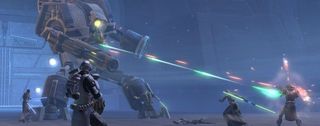
How do you manage such numbers? As Dallas put it: “ Very badly at first. We grew quickly and we had the growing pains to match.”
The problem was integration - developers were working within hubs; programmers sat with programmers, artists with artists. It meant that features and content just weren't getting done. Eventually the decision was made to reorganise developers into strike teams, each responsible for a specific feature or piece of content. All the staff were given rolling desks and then placed with their peers in different departments to work on a 'deliverable'. Every seven weeks, the teams would assess how far they'd come, and reconfigure.
To grow, the TOR team were hiring relentlessly. Dallas explained that they would travel to game development schools around the US and offer the top ten percent of each graduating class a year long contract to work in Austin. After a year, the very best would then be offered a permanent position. About half of the art was outsourced to different outsourcing studios - causing serious management issues. Eventually, the team took to putting pictures of every outsourced artist on the wall, “and awarding them gold, silver, bronze or 'fire', stars. They didn't know about that at the time,” revealed Richard.

During the last six months of development, the team began a difficult triage process; where features that weren't going to make it for launch were cut. All development heads were summoned to daily meetings at what Dallas dubbed 'The Death Star' - with each team being coached on what to cut, and what to keep. “Some developers cried,” explained Dallas. “I didn't enjoy that.”
The biggest gaming news, reviews and hardware deals
Keep up to date with the most important stories and the best deals, as picked by the PC Gamer team.
It was a staggering insight into the development of what will surely be the last big subscription MMO. Remind me never to work on an MMO.
